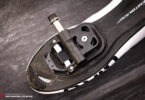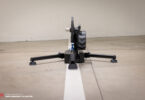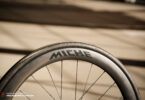Specialized Recon 3.0 gravel shoes long-term test
After the S-Works Recon, the Recon 3.0 is the second most expensive shoe in Specialized’s gravel / XC footwear range – and still quite a bit cheaper than the top-end model. But is it worth saving the extra money or does the lower price come at the expense of performance and comfort? We tested the shoe for you on the gravel bike for 4 months.
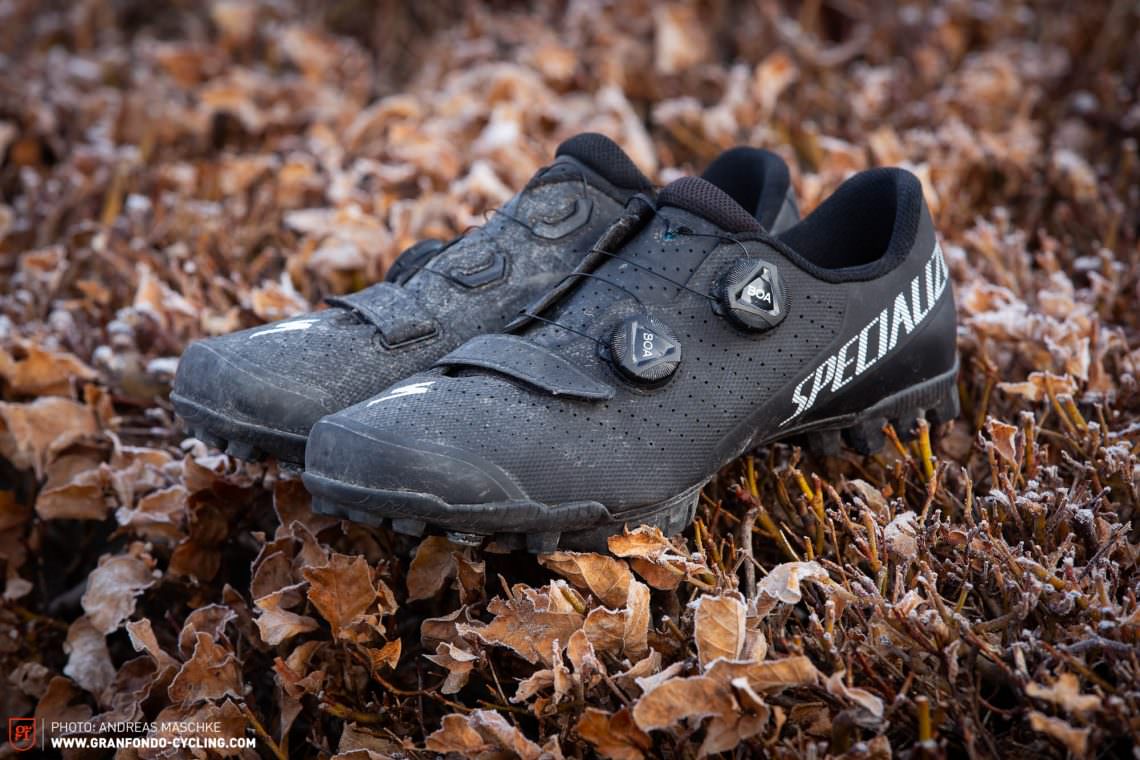
Alongside Giro, Specialized were the first major manufacturer to offer a gravel-compatible MTB shoe. Their original model launched in 2015 was called the Recon Mixed Terrain. In the meantime, the American brand has expanded its gravel-specific footwear range, which now includes a total of four models: the Recon 1.0, 2.0, 3.0 and S-Works Recon. While at first glance, all four models look pretty similar, upon closer inspection there are considerable differences in important details such as the lacing system, sole stiffness, profile and fit. We took a closer look at the second most expensive – and still relatively sporty – Recon 3.0 model.
The strengths of the Specialized Recon 3.0
Starting with its discreet, elegant look, the Specialized Recon 3.0 features many clever, well-thought-out details. Particularly striking is the footbed of the shoe, which is additionally supported by a well-cut insole and thus makes for a very comfortable fit from the get-go. On the bike, too, stability and support are excellent. If you want (or need), you can adjust the arch support with the help of different (optional) insoles. Rating as 10 on Specialized’s stiffness index scale, the sole of the Recon 3.0 is still very stiff, but nowhere as firm as the S-Works model (S.I. 13) or the S-Works 7 Road (S.I. 15) – and it’s finely balanced too. A stiff carbon plate in the midfoot allows for optimal power transfer and a more flexible fiberglass material allows for optimal flexibility in the forefoot, so you can still move your toes and walk relatively comfortably. An excellent compromise for sporty riders who still want some comfort off the bike. Specialized call this technology Carbon STRIDE Toe-Flex – and it does indeed work. The grippy sole made a very good impression too. Long rubber studs in the fore- and hindfoot provide plenty of bite on loose and muddy terrain and a set of wide studs to each side of the cleat ensure a wide footprint for optimal stability, both on the pedal and off the bike.
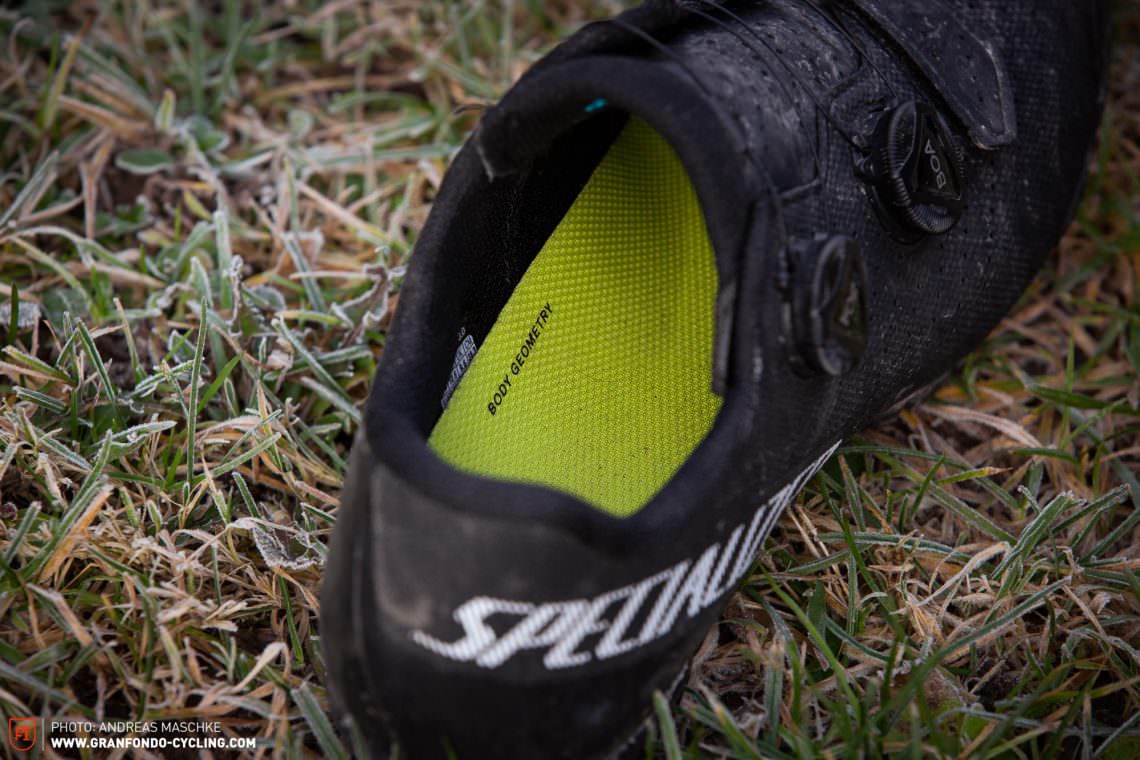
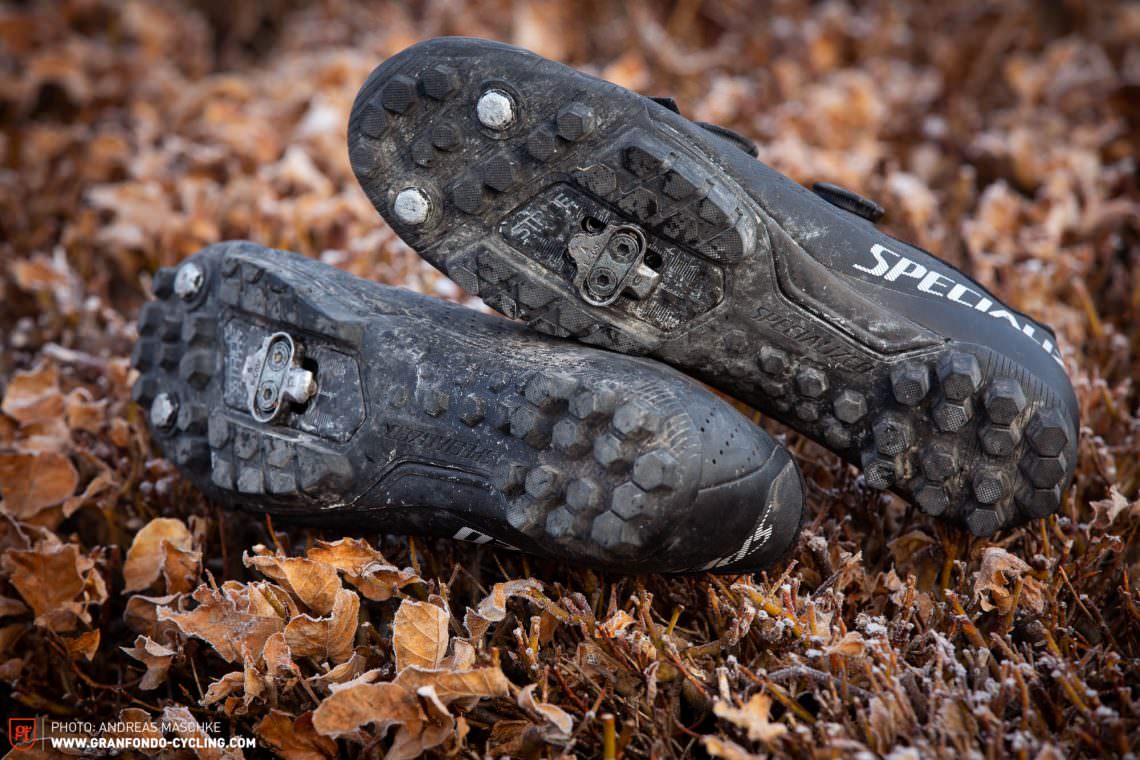
Overall, the Specialized Recon 3.0 is incredibly robust. Whether it’s sole or upper, all materials are incredibly wear-resistant and even after 4 months of abuse, both on and off the gravel bike, our shoes look pretty much unscathed. Just as impressive is the wide foot climate spectrum. Small perforations throughout the upper encourage good airflow on hot summer days while keeping your feet cosy on crispy late-autumn days. Speaking of late autumn – with its perforated upper, the Recon 3.0 isn’t exactly waterproof. While it can handle a light drizzle, it won’t keep your feet dry if you ride through a big puddle. In exchange, the shoe dries quickly – the hindfoot taking a bit longer because of the padding.
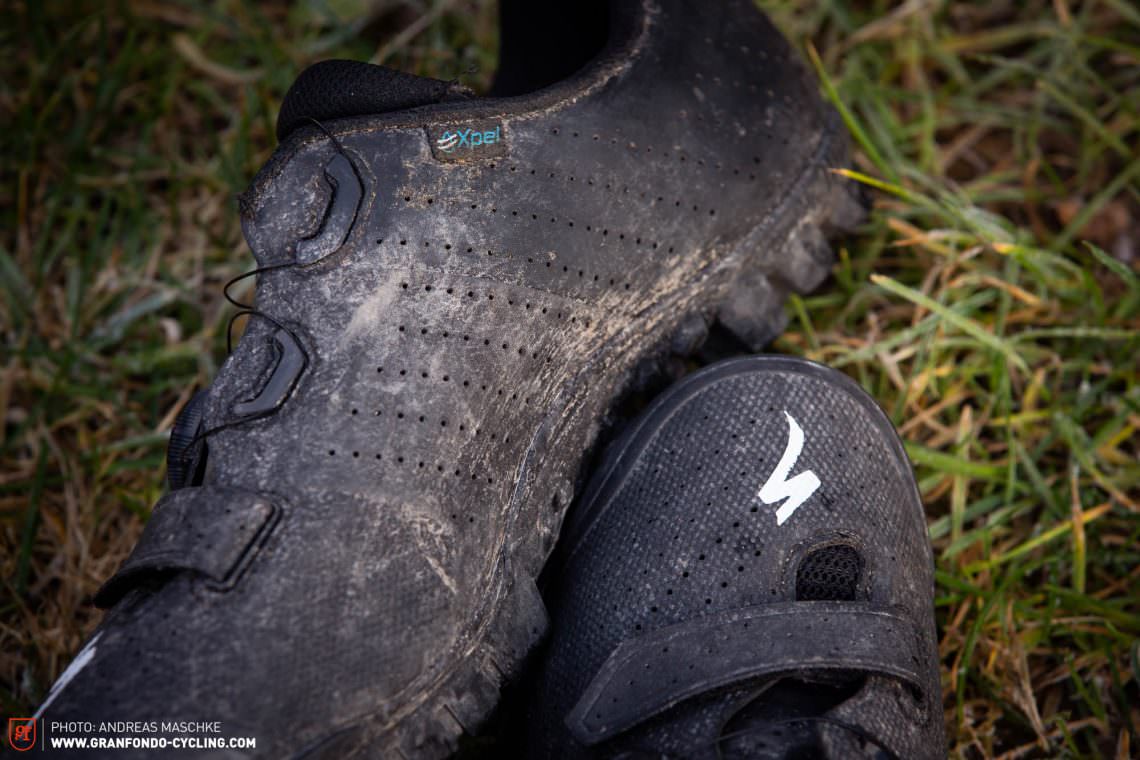
Where there’s light, there’s a shadow.
While we were impressed with the entire bottom part of the Specialized, from the footbed through the insole, all the way to the outsole, we really have an issue with the upper of the shoe. Same as with the S-Works Recon, the tongue of the Recon 3.0 is too long. Despite the padded edges, it presses against the tendon between the shin and instep, causing unpleasant pressure points. Apart from that, the tongue is quite rigid and prevents the BOA dials from cinching down the upper properly and distributing the load evenly. You’ll have to help it with your hand and tighten the BOA system quite hard until your foot feels stable all around. Unfortunately, this means that sometimes the shoe can feel tight at the top, causing unpleasant pressure points, while the outside of the foot doesn’t feel perfectly supported. Unlike the BOA S3 dial of the S-Works model, the L6 dial of the Recon 3.0 doesn’t feature a micro-adjustment for loosening, which means that if your shoe’s too tight, you’ll have to pop the dial open all the way and start the procedure from scratch.
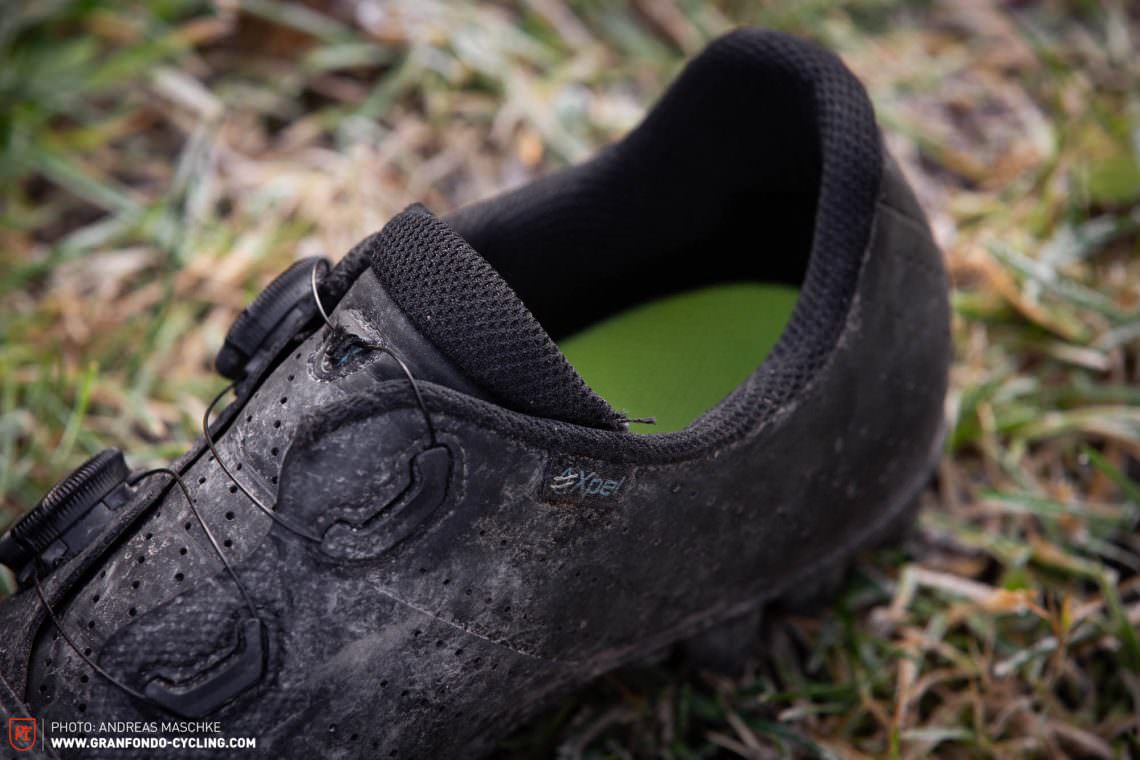
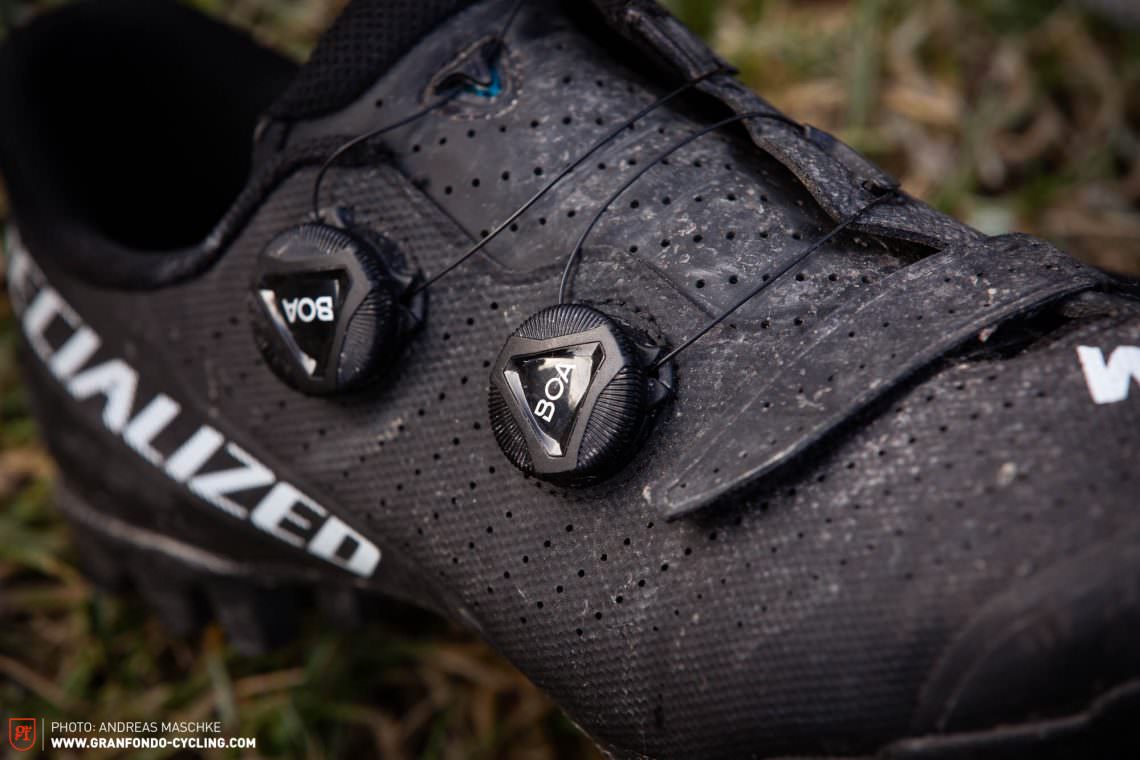
Moreover, the Velcro closure on the forefoot doesn’t seem to do much at all – the odd cut and firm upper material are mainly responsible for this. In reality, it’s only the BOA system that holds your foot in place. As a result, the shoe provides uneven support around the foot – something we noticed again and again throughout our testing period. And that’s not good, because with a good shoe, you will forget you’re even wearing it after just a few minutes. At the beginning of our test, we had hoped that the upper would get a bit more flexible with time, allowing the shoe to adapt to our foot and thus become more comfortable. Unfortunately, that was not the case.
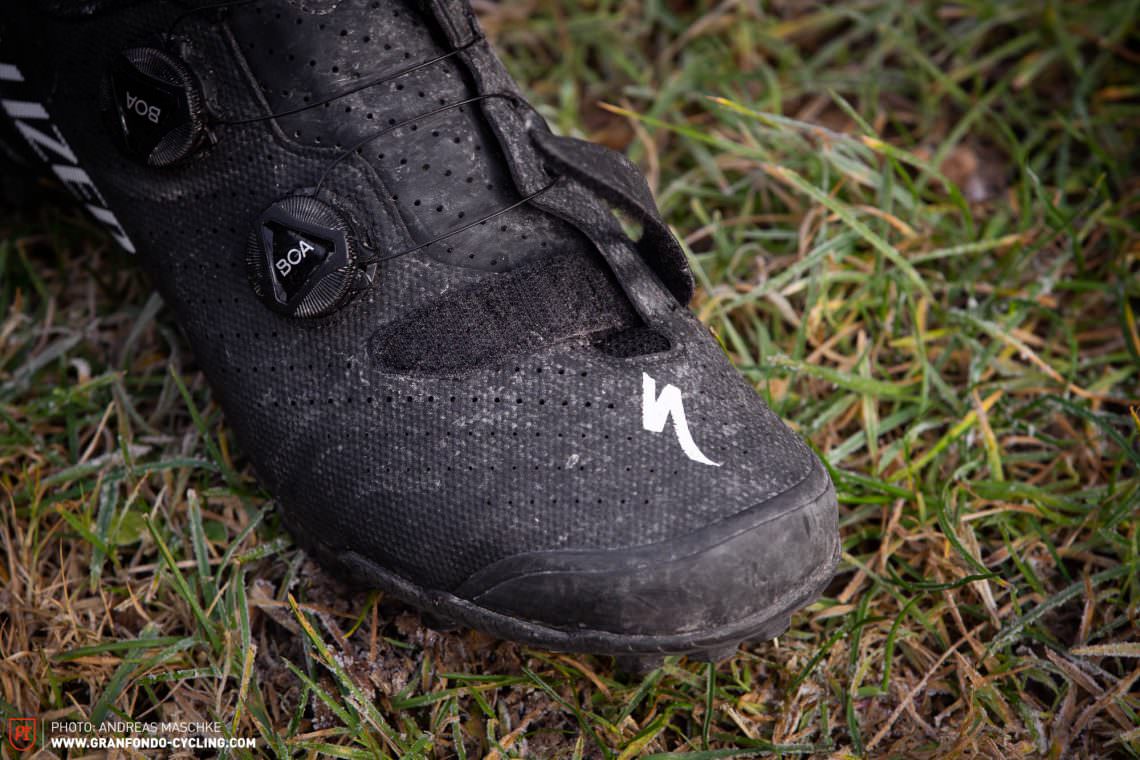
It goes without saying that in all this, the shape of the foot plays a crucial role, making this problem a subjective matter – to a certain extent. Per se, the Specialized Recon 3.0 isn’t a bad shoe, but, like with any shoe, you should try it before buying. In comparison, the S-Works model molds itself around the foot a fair bit better and, above all, the micro-adjust of the BOA dials work in both directions. That being said, its tongue is still too long and, unlike the tongue of the Recon 3.0, it’s not padded around the edge either.
Conclusions
The Specialized Recon 3.0 impresses with excellent durability and great sole ergonomics. On top of that, it strikes a good compromise between stiffness and comfort, which makes it ideal for sporty riders. However, at € 220 it’s no bargain and the odd fit and uneven tension on the top section of the foot make it rather peculiar – try before buying! If it fits you like a glove, it’s a great buy. But only then.
Tops
- Very robust materials all around
- Ergonomic insole
- Stiff, but too stiff
- Grippy sole
- Very good foot climate
Flops
- Odd fit and uneven tension of the lacing system in the top section of the foot
- Tongue is too long
Tester: Andi
Test duration: 4 months
Price: € 219,90
specialized.com
Did you enjoy this article? If so, we would be stoked if you decide to support us with a monthly contribution. By becoming a supporter of GRAN FONDO, you will help secure a sustainable future for high-quality cycling journalism. Click here to learn more.
Words & Photos:

